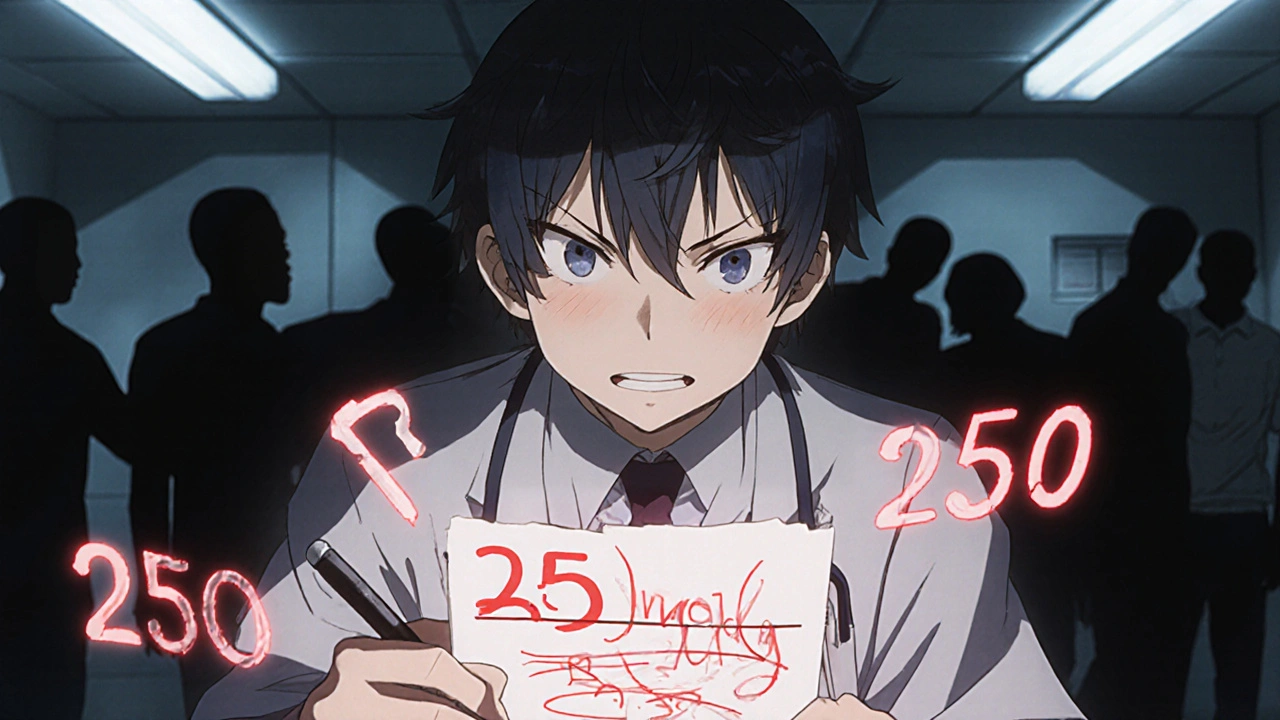Illegible Prescriptions: Risks, Causes, and How to Prevent Them
When a doctor’s handwriting is hard to read, it’s not just annoying—it’s dangerous. Illegible prescriptions, written medical orders that pharmacists or nurses can’t clearly interpret. Also known as poor handwriting prescriptions, they’re a leading cause of preventable medication errors in hospitals and clinics. A 2021 study from the Journal of Patient Safety found that over 1.5 million patients in the U.S. alone were harmed each year because a prescription couldn’t be read correctly. That’s not a typo. That’s more than the population of a mid-sized city affected by something that shouldn’t even be happening in 2025.
Why do these errors still happen? Many doctors still write by hand, especially in fast-paced settings like emergency rooms or rural clinics. A sloppy ‘P’ can look like a ‘4’. A poorly formed ‘u’ can be mistaken for an ‘n’. One wrong letter can turn a safe dose into a deadly one. Prescription errors, mistakes in medication orders that lead to wrong drugs, doses, or frequencies aren’t always about carelessness—they’re often about time pressure, fatigue, or outdated systems. And when a pharmacist has to guess what’s written, they’re not just doing their job—they’re gambling with your life.
It’s not just about the doctor. Pharmacist errors, mistakes made when filling prescriptions due to unclear handwriting or miscommunication are often the last line of defense. But even the most careful pharmacist can miss a typo if the original order is unreadable. And patients? Most don’t know to double-check their pills against the label. You might think, ‘The pharmacist knows what they’re doing,’ but if the original instruction was wrong, they’re working with broken information.
The fix isn’t magic. It’s technology. Electronic prescribing—e-prescribing—cuts illegible prescriptions by over 90%. It eliminates handwriting, auto-checks for drug interactions, and sends the order directly to the pharmacy. But not every doctor uses it. Not every clinic can afford it. And until that changes, you’re still at risk.
Here’s what you can do today: Always ask for a printed copy of your prescription. Read it yourself. If you can’t make out the drug name or dose, don’t walk away—ask. Call the pharmacy and confirm what you’re supposed to get. If your doctor writes it by hand, take a photo of it and send it to the pharmacy ahead of time. Small steps, but they save lives.
Below, you’ll find real cases and practical advice from people who’ve been there—patients who got the wrong medicine, pharmacists who caught errors in time, and doctors who switched to digital systems after a close call. These aren’t hypotheticals. These are stories about what happens when handwriting fails—and how to make sure it doesn’t happen to you.

